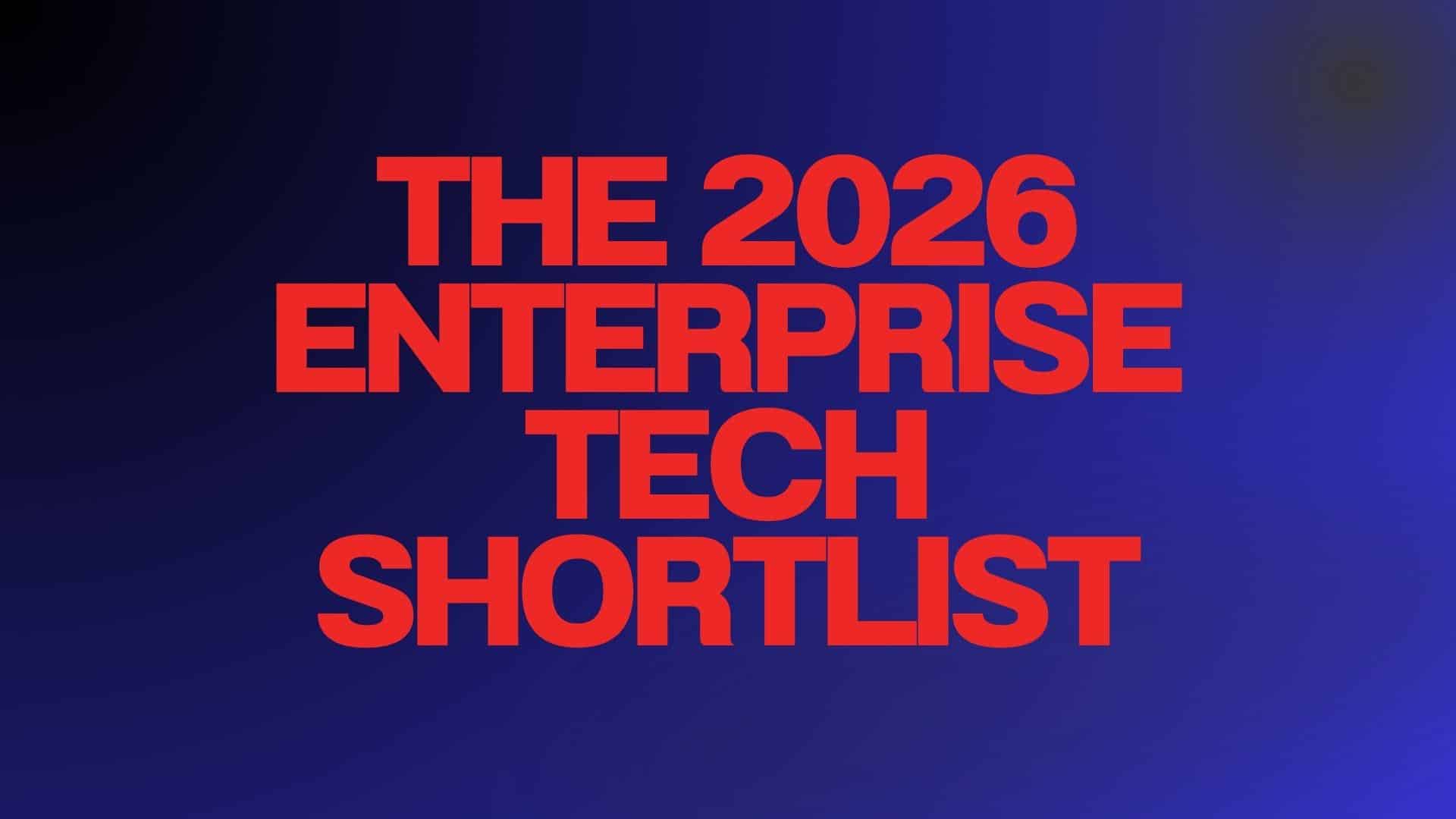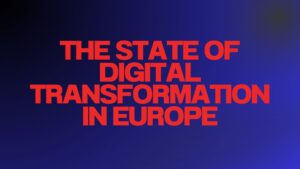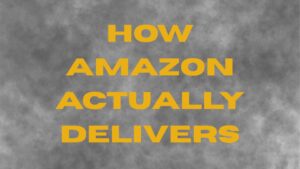Evaluating technology for 2026 looks very different from five years ago. The old habit of picking one monolithic ERP and forcing every process into it is fading. In its place: composable ERP and platform-first thinking; data, decisions, and workflows stitched together across multiple applications, with AI layered where it truly helps.
Below is Third Stage Consulting’s point-of-view shortlist for 2026. It is not a “best ERP only” ranking. Instead, it blends core applications and the platforms that increasingly power integration, data, analytics, automation, and AI. We weighted innovation, flexibility, cost predictability, scalability, ecosystem strength, supportability, and how well a product enables a composable architecture.
Table of Contents
ToggleHow to use this list
- Think platform-first. Treat ERP as the system of record, then extend with platforms for data, workflow, analytics, and AI.
- Start with business value. Fit each option to real outcomes (speed to value, risk reduction, measurable benefit), not feature checklists.
- Pilot before you bet big. Prove value in narrow use cases, then scale.
10) Rappit
Rappit is one of the newest entrants to the enterprise technology landscape, and one of the most forward-looking. Built from the ground up as an AI-native, low-code platform, Rappit allows organizations to design and deploy workflows, integrations, and applications through natural-language prompts. It embodies the future of rapid enterprise development: AI-assisted configuration that reduces time-to-value and technical debt. For companies looking to modernise incrementally, Rappit provides a bridge, allowing automation and data unification without the need to replace core systems. While its ecosystem is still young, its potential is enormous: it reflects how AI will increasingly become the interface between business users and technology.
Things to watch out for
- Ecosystem maturity & supportability. As a newer platform, the ecosystem is still maturing, with fewer seasoned partners, reference architectures, and multi-year case studies. Mitigate the risk by vetting implementers thoroughly: validate live customer references, review proposed reference architectures, and lock in SLAs with clear escalation paths. For critical phases, architecture and design, security, and data require named, certified resources in the contract rather than “or equivalent.”
- Security, governance & compliance. Low-code + AI can increase risk if roles, approvals, and audit trails are loose. Run formal security reviews (SSO, secrets management, data residency), define a configuration baseline (naming, versioning, approvals), and ensure all automated actions are logged.
- Performance, scale & resilience. Natural-language automation can hide complexity until volumes spike. Load-test high-throughput flows, validate rate limits with connected systems, and design fallbacks (retries, dead-letter queues, human-in-the-loop).
- Cost control & sprawl. Rapid iteration can create micro-apps and orphaned integrations. Stand up a small center of excellence to govern reuse, sunsetting, and usage monitoring; document export paths and an exit plan.
9) SAP S/4HANA
SAP S/4HANA remains the digital backbone for many global enterprises. Its breadth across finance, manufacturing, supply chain, and compliance is unmatched, and the Business Technology Platform plus Rise programs are nudging SAP towards a more modular, cloud-smart model. For organizations that value governance, standardised processes, and deep industry coverage, S/4HANA can still be the safest “big core” to anchor a wider composable estate.
Things to watch out for
- Complexity & pace of change. Transformation under SAP can be slow and expensive. Keep the core clean; push innovation to BTP and external data/AI layers.
- Licensing & TCO clarity. Nail down usage assumptions, indirect access exposure, and growth tiers up front.
- Partner selection. Experience varies widely; insist on industry references and a clear role for your internal team to avoid over-customization.
- Composable readiness. Plan for co-existence with data platforms, workflow tools, and best-of-breed apps rather than “SAP everywhere.”
8) Odoo
Odoo shows how far open-source enterprise software has come. Modular apps across finance, operations, CRM, manufacturing, and commerce let organizations assemble their own composable ERP at a fraction of the cost of traditional ERP. It is fast to stand up, easy to extend, and backed by an active community and growing partner ecosystem, ideal for small to mid-market firms that want control and agility.
Things to watch out for
- Governance over customization. Openness invites drift. Enforce version control, coding standards, and app reuse to avoid “DIY chaos.”
- Enterprise scale. Global, highly regulated operations may hit limits without careful architecture and partner support.
- Support model. Choose partners with proven upgrade discipline and long-term maintenance practices.
- Data & analytics. Budget for a robust data stack if you need advanced analytics beyond core Odoo reporting.
7) Infor CloudSuite + Velocity
Infor’s industry-specific CloudSuite offerings (manufacturing, healthcare, distribution, public sector) reduce customisation by delivering deep vertical capability out of the box. Velocity adds an integration and AI layer that plays well in hybrid landscapes, making Infor a pragmatic fit for organizations that want standards where they matter and flexibility where it counts.
Things to watch out for
- Multi-product architecture. Vertical depth can mean more moving parts, more documentation of data flows, ownership, and upgrade impacts.
- Regional partner variability. Validate expertise in your industry and geography; demand named senior architects.
- Integration discipline. Treat Velocity patterns as reference architecture, not one-off builds.
- Roadmap alignment. Stay aligned to the industry model to avoid customizations that create upgrade drag.
6) Oracle NetSuite
NetSuite is a mature, cloud-native platform that dominates the mid-market with solid financials, broad operational coverage, and a healthy ecosystem. SuiteCloud enables partners to extend the platform for specialized industries, while predictable subscription models and rapid deployments make it a dependable foundation for growing organisations.
Things to watch out for
- Multi-tenancy limits. Stability comes with constraints. Where deep custom logic is required, plan for certified extensions rather than heavy in-platform workarounds.
- Implementation scope creep. “Quick wins” can balloon. Phase capabilities, protect the chart of accounts, and keep integrations simple in wave one.
- Global scale. Complex tax, localization, and high-volume manufacturing may need add-ons; vet them for supportability and performance.
- Data & analytics. Decide whether to use native analytics or lift data into a warehouse for cross-system reporting; design this up front.
5) Microsoft Dynamics 365 (Finance & Operations)
Dynamics 365 F&O offers tier-one ERP capability with the advantage of the wider Microsoft platform: Power Platform, Power BI, Fabric, Azure AI, and Teams. It enables a “keep the core clean” strategy, standard processes in F&O, with low-code apps, automations, and AI copilots around the edges, making it a strong option for enterprises already invested in Microsoft.
Things to watch out for
- Partner quality spread. The ecosystem is huge; insist on industry references, a named solution architect, and a strong PMO.
- Over-customization risk. Use Power Apps/Power Automate for extension; protect the core.
- Integration scope. Govern the use of Dataverse vs. direct APIs to prevent duplication and drift.
- Licensing clarity. Model user roles, non-human access, and growth scenarios before you commit.
4) ServiceNow
ServiceNow has evolved into an enterprise workflow backbone. Beyond IT service management, it standardises request, case, and fulfilment flows across HR, facilities, customer operations, compliance, and more. Low-code tools and embedded AI help orchestrate work across siloed systems, improving speed, accuracy, and user experience.
Things to watch out for
- Process design before build. Poorly designed workflows create new silos. Start with standard journey maps and clear ownership, then configure.
- Platform governance. Limit who can create tables, forms, and catalog items. Implement naming conventions, reuse, and lifecycle management.
- Integration and data ownership. Define system-of-record rules; ServiceNow should orchestrate, not hoard data. Ensure bi-directional auditability.
- Licensing & scope control
As use expands, costs can climb. Track consumption, retire duplicates, and prioritise high-value use cases.
3) Salesforce
Salesforce is now a full customer platform, Data Cloud, Einstein AI, and a vast AppExchange (including ERP-adjacent solutions like Rootstock) that lets organizations compose a unified customer operating model across sales, service, marketing, and commerce. Its openness and ecosystem make it a powerful engine for data-driven engagement and innovation.
Things to watch out for
- Sprawl & overlap. Multiple packages and custom objects can conflict. Establish architecture guardrails, naming standards, and release management.
- Data model & hygiene. Master identities across clouds, reduplicate aggressively, and define golden records; otherwise, AI and analytics underperform.
- Cost management. Licences, add-ons, and storage mount quickly. Track value per module and renegotiate against measurable outcomes.
- Integration discipline. Keep Salesforce as engagement, not your everything. Use event-driven patterns and maintain clear system boundaries.
2) Palantir (Foundry / AIP)
Palantir provides operational intelligence at scale. Its ontology-driven platform models complex operations end-to-end, unifies fragmented data, and layers AI workflows on top; ideal for sectors like energy, aerospace, public sector, and advanced manufacturing where decisions are data-intensive and mission-critical. It excels in messy, heterogeneous estates with demanding control and explanation needs.
Things to watch out for
- Fit for scale & complexity. Best for large, complex organizations. Smaller firms may find the cost and expertise requirements heavy.
- Specialist skills & delivery model. Implementation needs experienced practitioners. Secure knowledge transfer and build internal capability early.
- Governance & explainability. Define decision logs, model lineage, and override paths; embed internal audit from day one.
- Sustainable cost. Monitor computing and storage; implement chargeback/showback to prevent runaway consumption.
1) Snowflake
Snowflake sits at the heart of the composable enterprise. As a neutral, cross-cloud data platform, it integrates, governs, and analyzes data from multiple systems without forcing a core application replacement. It scales near-infinitely, supports robust governance, and provides a powerful base for analytics, machine learning, and decision automation, turning scattered initiatives into a coherent, AI-ready data backbone.
Things to watch out for
- Cost & access discipline. Elastic compute is a blessing and a risk. Set resource monitors, auto-suspend policies, and role-based access from the outset.
- Data governance maturity. Success depends on catalog, lineage, quality rules, and stewardship. Invest in these capabilities, not just the platform.
- Integration architecture. Choose ingestion patterns (batch, CDC, streaming) deliberately; avoid duplicative pipelines and undocumented transforms.
- Operating model & skills. Build a data platform team (engineering, governance, FinOps). Standardize patterns, templates, and re-usable components.
Compose, Don’t Contort
If there’s a single takeaway for 2026, it’s this: stop contorting your business to fit a single suite. The centre of gravity has shifted to platforms that let you stitch data, decisions, and workflows across multiple applications, using ERP as the record of truth and layering AI only where it genuinely improves an outcome.
Across the list, a few patterns stand out:
- Data is the backbone. Snowflake and Palantir show that trusted, well-governed data now unlocks more value than any one transactional module. If your data platform is weak, every application decision will underperform.
- Workflow beats wishful thinking. ServiceNow, Microsoft’s platform around Dynamics, and Salesforce demonstrate that standardised, cross-functional workflows create speed and resilience. Tools are mature; the operating model and governance decide whether they scale.
- Pragmatism outperforms purism. Infor’s industry focus, NetSuite’s cloud maturity, and Odoo’s openness prove there’s no one right shape, only the right fit for your size, complexity, and budget.
- AI is an accelerator, not a substitute. Rappit’s promise and the AI layers across several entries pay off only when processes, data, and controls are ready. Treat AI as assistive until evidence earns more autonomy.
- Commercial discipline matters. Several platforms deliver great capability at a price. Keep a firm handle on licences, consumption, and change control to prevent silent cost creep.
A practical path to 2026
- Anchor the core, free the edge. Stabilise ERP as your system of record. Push experimentation, automation, and AI to interoperable platforms so upgrades stay clean and risk stays contained.
- Design the data layer deliberately. Define ownership, catalogue, lineage, quality rules, and access before you build pipelines. Choose ingestion patterns on purpose; avoid “one-off” feeds.
- Standardise how work flows. Map the journeys first, then configure. A common pattern for requests, cases, approvals, and exceptions across functions will do more for cycle time than any single feature.
- Earn autonomy in stages. Start new tools in suggest-and-approve mode. Promote to straight-through only after stable accuracy, auditability, and rollback are proven.
- Stand up a centre of excellence. Guardrails for extensions, integrations, analytics, and AI are non-negotiable. Publish patterns, review designs, and track value delivered against cost consumed.
- Sequence for value. Pick two or three use cases that are small in scope, rich in data, and visible in impact. Deliver, measure, and only then widen the aperture.
When a monolith still makes sense
There are cases, often in highly regulated, globally complex environments, where a large core like SAP S/4HANA or Dynamics 365 remains the prudent anchor. Even then, the winning posture is cloud-smart rather than cloud-only: keep the core lean, and let data, analytics, workflow, and AI evolve around it.
Final word
Use this list to shape a platform-first roadmap, not to crown a single winner. The best architecture for 2026 is the one that balances governance with flexibility, and speed with safety, delivering measurable outcomes in months, then compounding that value quarter after quarter. If you want a second set of eyes on your shortlist or a sanity check on your sequencing, we’re happy to help pressure-test the plan.






